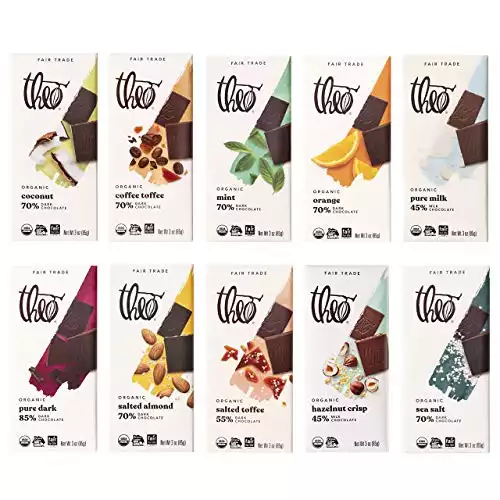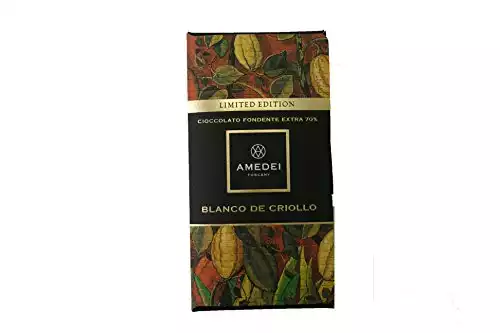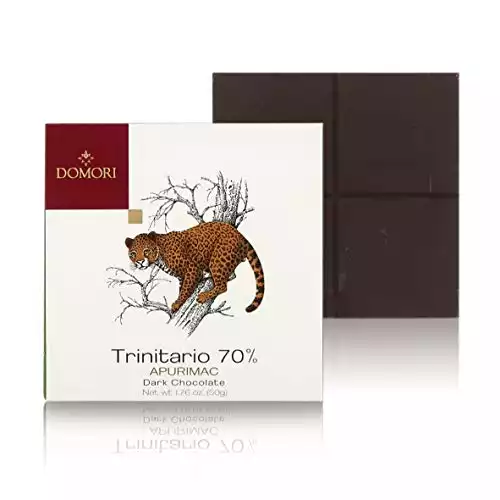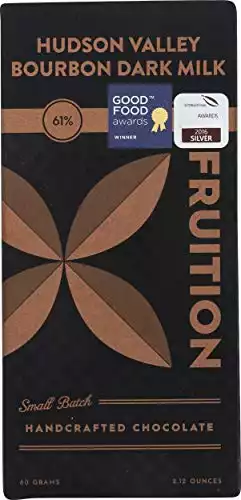Curious about how many types of cacao beans exist? This article explains the differences between the various varieties of cacao and how to tell what you’re buying.
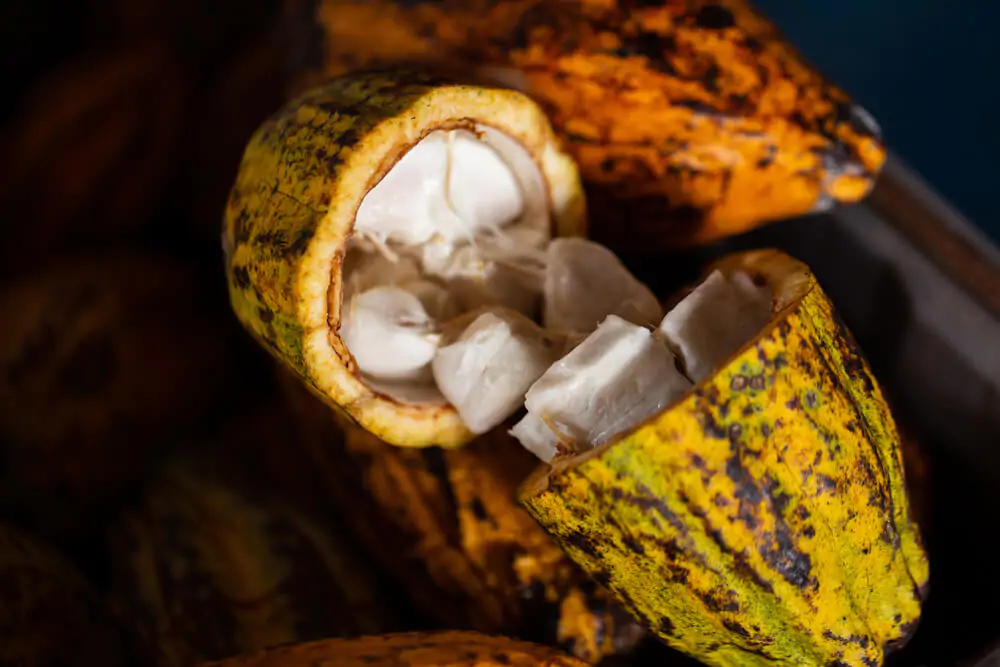
Although chocolate is easy to find, there’s much more to the stuff than most people know. Not all chocolate is created equal, and not all chocolate comes from the same type of cocoa beans.
You might not be able to identify all the kinds of cocoa in a chocolate bar you buy at the store, but learning more about the varieties of cacao can help steer you towards chocolate that you like better.
Read on to learn more about the types of cacao and how the different varieties’ traits play out in the world of chocolate.
Cacao: The Many and The Few
Technically, there are almost a dozen varieties of cacao trees in nature; however, most chocolate comes from one of the three or four most popular types. Scientists largely agree that Theobroma Cacao, the cocoa tree, was first cultivated by the Olmecs–a society that predated the Maya in South America.
Over time, the civilizations in South and Central America cultivated the trees that produced what they considered the best cacao beans, and once the Spanish arrived, that process only intensified.
There are still wild cacao trees and varieties that don’t get the same love and attention as the major cacao types. However, it’s much harder to find chocolate made from the wild trees or the trees that aren’t as popular. So for this article, we’ll focus on the four most commonly cultivated cacao trees.
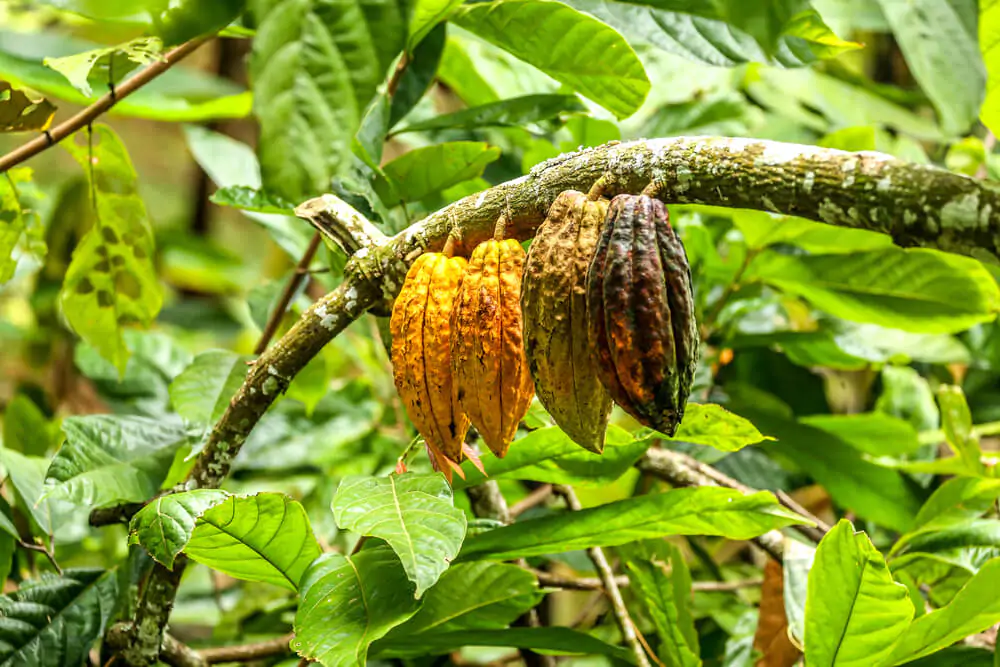
Once the Spanish developed a taste for chocolate and brought it to the Old World, demand for the drink grew–and it grew even more once savvy candy makers and coffee shops began adding sugar and dairy to enrich and sweeten the bittersweet beans. From there, it was only a matter of time before the cacao tree itself moved to foreign shores.
Today, cacao plantations exist worldwide, although all in the narrow range tropical and subtropical regions that the tree can live in. Although cacao trees grow in many corners of the world, almost all commercial cacao comes from one of four varieties: Forestero, Criollo, Trinitario, and Nacional.
The Four Cacao Types
If there are a dozen (or possibly more) varieties of the tree that exist, why only grow four of them? The simple answer is that Mesoamerican civilizations had already done most of the work to make large-scale production of cacao feasible, and those were the trees those cultures chose.
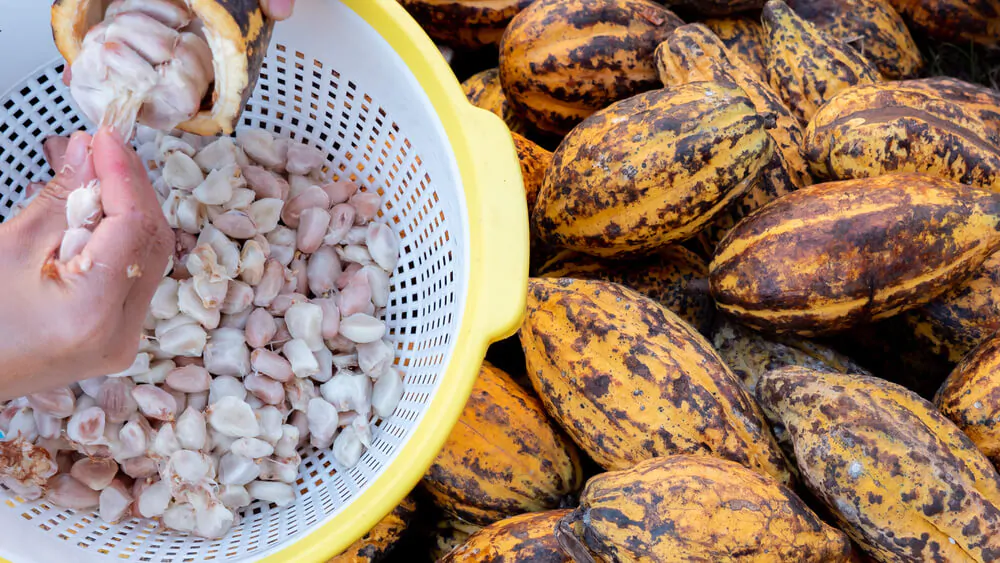
In addition, the fruit of these trees is more abundant and easier to harvest and handle than the wild varieties. And, of course, being cultivated types, the trees themselves were much easier to export. You might also be interested in learning what single origin coffee means.
So let’s dive into the four types you’re likely to see when shopping for chocolate.
1. Forastero
Forastero cacao is the most abundant variety on the market: it makes up about 80% of the commercial cacao in the world. This cacao bean originated in the Bahia region of Brazil, but now plantations around the globe cultivate it, including in Africa and South East Asia.
While it’s abundant, most chocolatiers consider it lower in quality than the other main varieties, relegating it to “bulk chocolate” status. The flavor of this bean can be pretty bitter and acidic, but with the proper handling (and a little mixing of other bean types), it can still produce quality chocolate.
- Chocolate made from scratch.
- Includes 1 Coconut 70% Dark Chocolate, 1 Coffee Toffee 70% Dark Chocolate, 1 Mint 70% Dark Chocolate, 1 Orange 70% Dark Chocolate, 1 Pure 45% Milk Chocolate, 1 Pure 85% Dark Chocolate, 1 Hazelnut Crisp 45% Milk Chocolate, 1 Salted Almond 70% Dark Chocolate, 1 Salted Toffee 55% Dark Chocolate, and 1 Sea Salt 70% Dark Chocolate.
- Organic.
- Soy Free, Kosher and Non-GMO.
- Fair-Trade.
2. Criollo
Criollo cacao beans were the first variety that Spaniards in Central America encountered. This variety is a little less robust than the Forastero and less cultivated globally, but the cacao beans the trees produce are considered some of the best in the world.
These rare beans produce much more aromatic chocolate, with less bitterness and a fruitier flavor than other varieties–especially Forastero. So, if you’re eating a high-quality, premium chocolate bar (with a higher price tag), there’s a good chance there’s Criollo in there.
3. Trinitario
Trinitario cacao beans are not quite as rare as Criollo but still make up less than 10% of the chocolate yield globally. This variety is a hybrid of the Criollo and Forstero and embodies some of the best qualities of both.
It’s less fragile than the Criollo (making it possible to grow the trees in Trinidad, Central and South America, Madagascar, Sri Lanka, and South East Asia). Still, it has more of the fruity, delicate flavors of the Criollo.
4. Nacional
This variety is a newcomer to the commercial market, only rediscovered in Peru in 2011. The rarest cultivated varieties, Nacional cacao beans produce rich, creamy chocolate with very little bitterness. Producers are still looking to understand the variety better and find out how to cultivate more of it.
If you enjoyed reading about the types of cacao, why not try our article looking at the different types of coffee?
